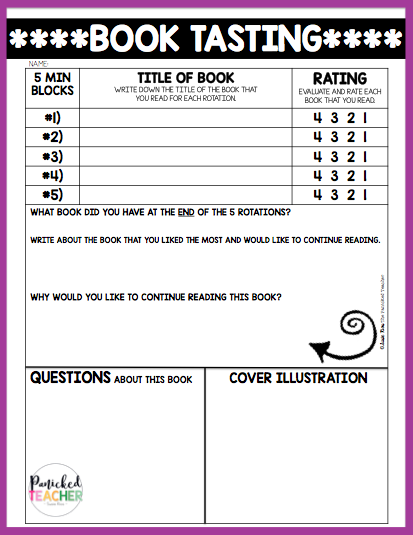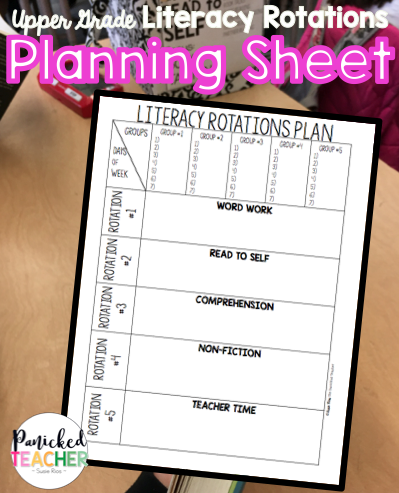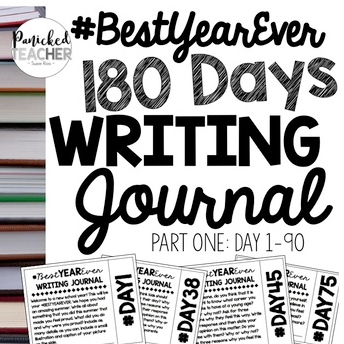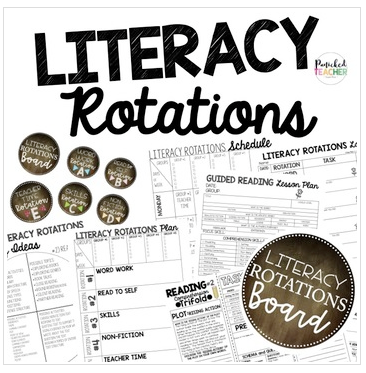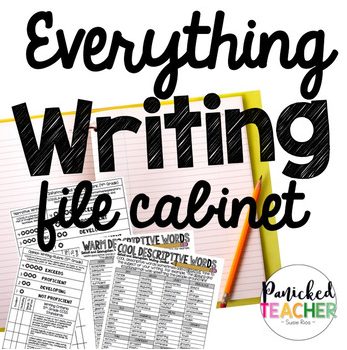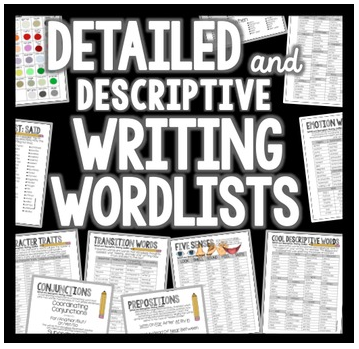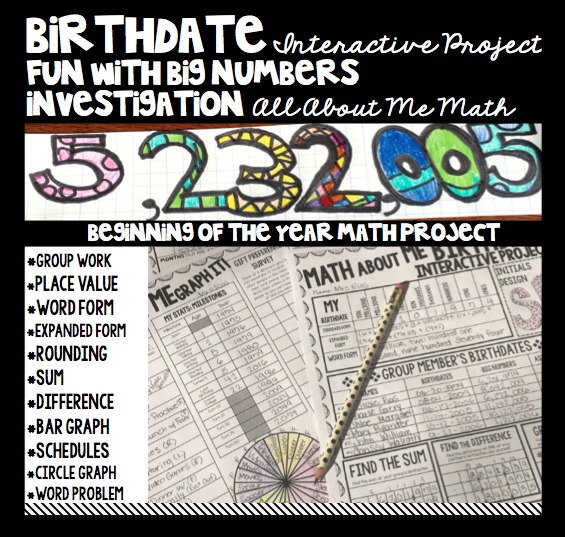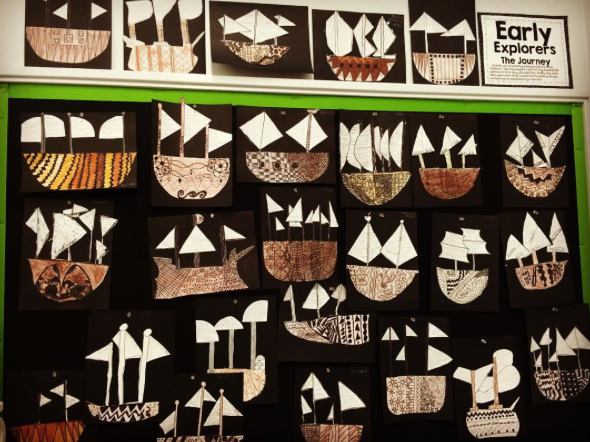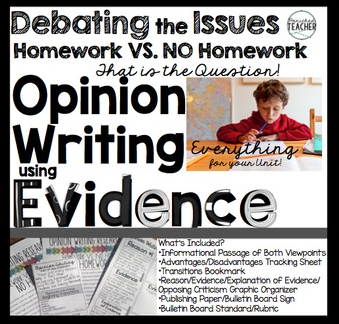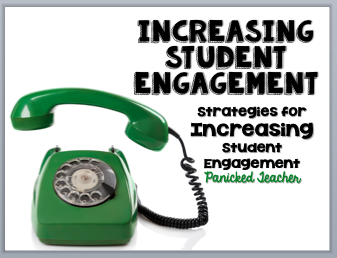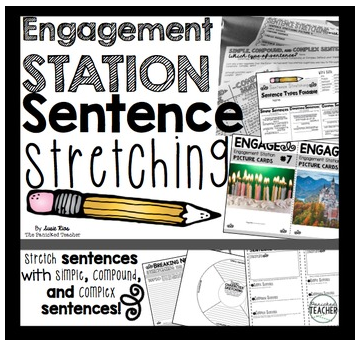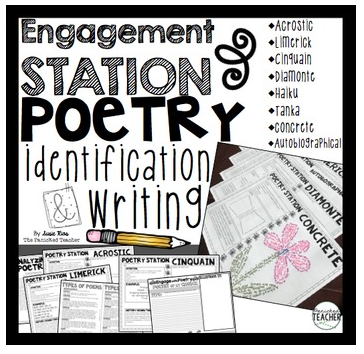One of my New Year's Resolutions was to differentiate more in my classroom with the use of literacy rotations. Let's face it, organizing small groups in a way that works can be a rather daunting task, especially in the upper grades. If you are like me, you may face challenges such as limited space, large class size (34 to be exact!), lack of materials or just deciding which materials to use, and finally LETTING GO (for my fellow control freaks!) Due to these challenges, it has always been hard to wrap my head around how to organize everything, but I finally laid out a plan that has been working for me (and hopefully for you as well!)
Schedule
The first I did was find time in my schedule. Over the break, I revamped my entire day so that I was going to teach the things that I seemed to have trouble fitting in FIRST. My morning schedule looks like this.
Morning Schedule (Language Arts)
8:15 Homework/Morning Warm Up
8:30 Read Aloud
8:45 Writing
9:45 Literacy Rotations
10:15 Recess
10:35 Rotations Continued
10:50 Close Reading/Book Groups
Choosing Groups
The first thing I did was decide that I wanted to have heterogeneous groups mixing up the ability levels of my students so that they could help each other when they were in different rotations without me. Since I have a group of focus students in my class that I target through their previous year's test score data, I spread these students out.
My target students are chosen for different reasons.
#1) Students who are close to benchmark (proficient)
#2) Students who just barely met benchmark and are at risk of falling behind
#3) Students who are far below proficient
I spread these students out so I have only 2-3 focus students in a group of 7.
Setting the Stage
Before starting rotations, I have students move ALL of their pencil boxes to a storage location so that their desktops are completely clear. This allows for the students to completely move around and we are ready to set up the centers. I meet with the students prior to centers beginning to let them know where they will be going/doing using the following cookie sheet. I love using this since I have limited space in my classroom and it is extremely portable.
Click on the picture below to grab the labels for the pockets and the title card!
Portable Rotations
Since I have limited space, I need PORTABLE centers. A basket that the students can take with them to set up. I can dream about having enough space for permanent centers, but that is definitely not my reality! I usually choose a CENTER CAPTAIN that is in charge of getting the center tote and setting up, which is a great chance to give students leadership roles. I found awesome totes, seen in the pictures below at JoAnnes for 19.99, but I found them 40% off and I used an additional coupon! I LOVE them because they are canvas and have handles so the students can easily grab and take.
What are the students doing?
Figuring out what the students will be doing is the most important task. I change the activities on a weekly basis, but the premise of the center stays the same. The centers are broken down into:
Rotation #1) Word Work
Last week, students worked with the root word SUB. The students filled out the template seen below with their group researching along the way with the help of our classroom chrome books, iPad, and dictionaries. The students LOVED making NONSENSE words on this organizer! They got pretty creative here!
Rotation #2) Read to Self
Last week for the READ to SELF rotation, my students worked on BOOK TASTING. Students grab the portable basket seen below (from JoAnne's) filled with books that I have picked up with my Scholastic points. Instead of putting them in my classroom library right away, I like to put them in the BOOK TASTING basket! The timer is set in 5 minute increments, at the end of each 5 minute block, students are able to decide if the book leaves a GOOD taste in their mouth. If so, they continue reading. If not, they are able to make a new choice!
Students used the BOOK TASTING template seen below to keep track of their work.
Rotation #3) Comprehension
Since I taught the lower grades for many years , I have tons of picture books. Last week, I threw a bunch of picture books into a basket. Students chose a picture book. After, students explored the "theme" of the picture book with the template you see here. Grab the template seen below by clicking on the link.
I also incorporate my ENGAGEMENT STATIONS into my literacy rotations. You can read about them here. Here is one of my engagement stations where the students explore theme and develop slogans about the themes of different fairy tales!
Click HERE to be taken to this engagement station!
Click HERE to be taken to my ENGAGEMENT STATION bundle!
Rotation #4) Non Fiction
I receive TIME for KIDS every week. To be completely honest, it was getting pretty overwhelming trying to fit them into my daily schedule, but I think I have found the answer. Last week, students browsed through the TIME for KIDS and chose one article that interested them. After reading the article, they wrote a NEWS BROADCAST using the template seen below. After completing the template, students practiced their broadcast for their group. Eventually, students will record their broadcast into their GOOGLE CLASSROOM account so that they have a record of their performance!
Rotation #5) Teacher Time
After guided reading, last week we focused on COMPOUND sentences and used the following template to discuss the purpose for each coordinating conjunction. This was truly eye opening since students tend to get confused when to use each conjunction.
Click here to purchase my LITERACY ROTATIONS TOOLKIT!
How do you organize your Literacy Rotations?






